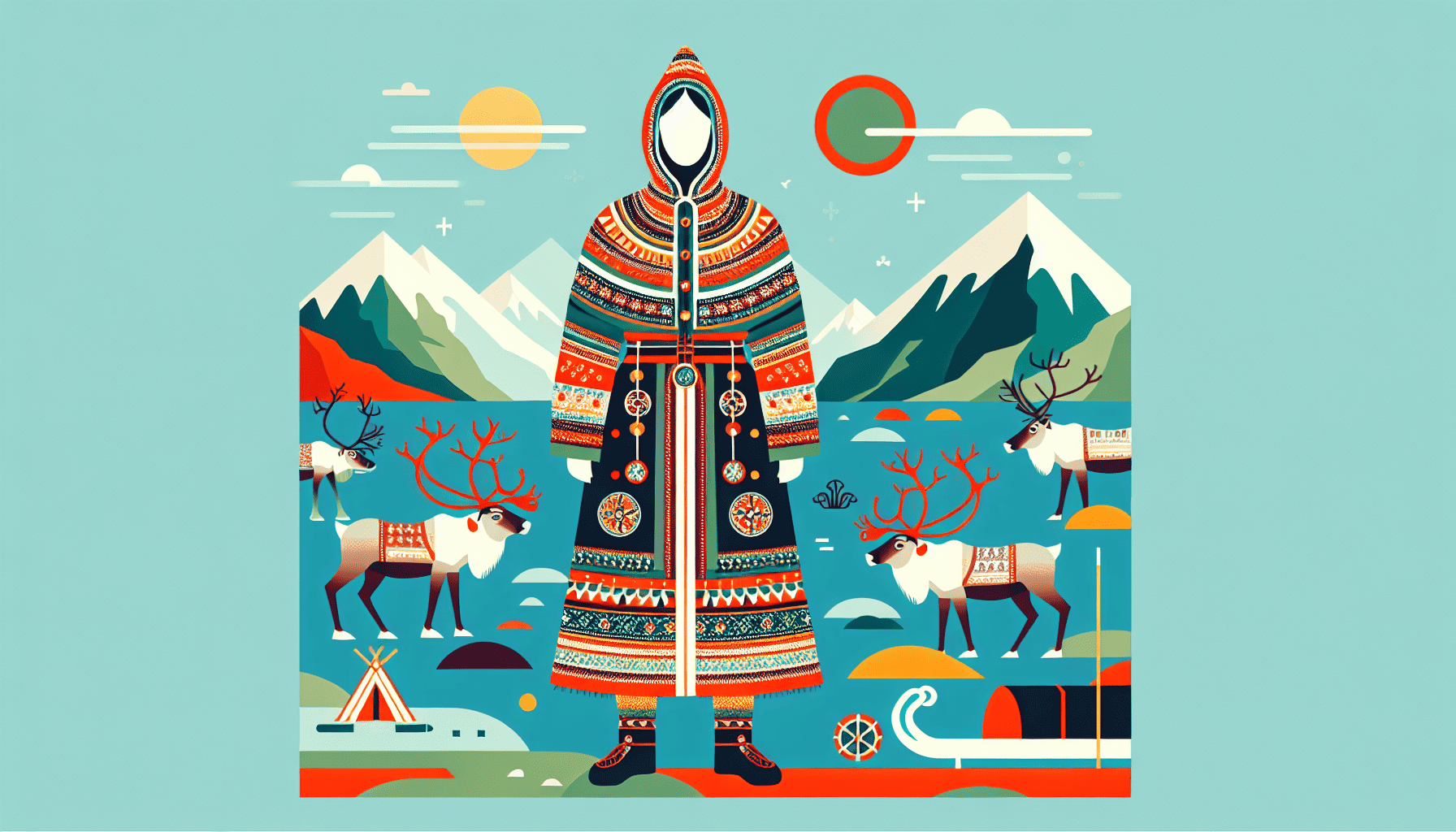The Sami people, indigenous to the northern parts of Norway, Sweden, Finland, and the Kola Peninsula of Russia, have a rich cultural tapestry that is as vibrant as it is resilient. Their culture, steeped in centuries of tradition, continues to thrive amidst the pristine landscapes of the Arctic, offering a fascinating glimpse into one of Europe's oldest existing cultures.
At the heart of Sami culture is their deep connection to nature, particularly evident in their traditional reindeer herding practices. This ancient livelihood is not just an economic activity but a critical element of Sami identity. The reindeer are considered a gift from nature, and herding them is a skill passed down through generations, embodying a symbiotic relationship with the environment. The seasonal migrations of these majestic animals influence the rhythms of Sami life, reflected in their folklore, art, and music.
One of the most captivating aspects of Sami culture is their vibrant festivals, which serve as a joyous celebration of their traditions and community spirit. Among these is the Sámi Easter Festival held in Kautokeino, Norway, where traditional reindeer races, colorful costumes, and joik singing—a traditional form of song—are displayed. Joik is a uniquely Sami form of musical expression, characterized by its chanting style, and often used to evoke landscapes, animals, or people. This musical tradition not only showcases the creativity of the Sami people but also serves as a powerful symbol of their resilience and cultural continuity.
The Sami attire, often made from the skins of reindeer and decorated with intricate beadwork and embroidery, is one of the most visually striking elements of their culture. Each piece of clothing serves a functional purpose in their harsh Arctic environment while also conveying the wearer's family background and regional identity through its distinct patterns and colors.
Art is another integral component of Sami culture, with duodji (traditional Sami handicrafts) embodying both aesthetic beauty and practical utility. From knives with beautifully carved handles to unique leatherwork and textiles, these crafts are deeply rooted in the landscape, often created using materials sourced directly from nature. Each handcrafted piece tells a story of the Sami’s resourcefulness and enduring connection to their environment.
However, like many indigenous cultures around the world, the Sami have faced significant challenges, particularly in preserving their language and traditions in the face of modernization and external pressures. In recent years, there has been a vibrant revival of interest in Sami culture, driven by both national initiatives and global Indigenous movements. Efforts are being made to preserve the Sami language, educate younger generations about their heritage, and promote their rights and representation on the international stage.
In conclusion, exploring the Sami culture is like stepping into a world where the past and present blend seamlessly. It is a celebration of survival, adaptability, and unwavering cultural pride. Through their festivals, art, and day-to-day practices, the Sami people continue to share their rich heritage with the world—inviting us all to appreciate and learn from their unique perspective on living in harmony with nature.
